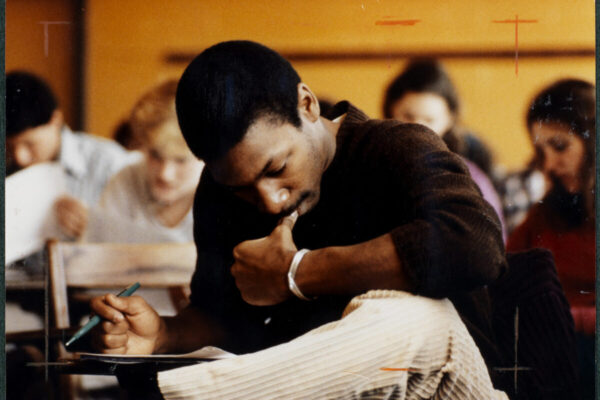Presidential Perspectives on the Opportunities and Challenges of Diversity, Equity and Inclusion
By Gailda Pitre Davis
Higher education is a microcosm of U.S. society, filled with both the most promising and most challenging aspects that diversity brings. Many view social change as a major role of our campuses, and the diversity of institutions, our ability to achieve equitable outcomes for all within the institution, and a raised consciousness around what inclusion truly means are vital to our ability to achieve true social change for all.
Diversity, equity and inclusion (DEI) are incredibly complex topics, and leaders must be willing to engage in constructive dialogue about them to enhance equitable outcomes for campus communities. This type of critical dialogue underscored the NADOHE/ACE Joint Session, “Addressing Challenges and Opportunities of Diversity, Equity and Inclusion in U.S. Higher Education: The Role of College and University Chancellors/Presidents in Today’s Colleges and Universities” on March 8, 2018 during the annual conference of the National Association of Chief Diversity Officers (NADOHE).
The discussion, moderated by Archie Ervin, president of NADOHE and vice president of Institute Diversity at the Georgia Institute of Technology, included panelists Robert Jones, chancellor of Illinois University; Ellen Junn, chancellor of California State University Stanislaus; and, ACE President Ted Mitchell.
The goal of the session was to provide campus diversity leaders with an opportunity to learn from the perspectives and experiences of chancellors and presidents regarding DEI at the institutional, national, and even international levels. Five key themes emerged as suggestions for leaders to achieve positive DEI outcomes.
1. Develop a communications strategy. Oftentimes constituents will view the president as “responder in chief”–the person who has to speak on everything that happens–but this is an unrealistic expectation. Leaders should have a clear communication strategy in place that indicates the types of situations that require a presidential response and who otherwise should respond when issues arise. Messaging should also be vetted when time allows, ensuring that key constituent groups are represented within a response.
2. Identify and engage key constituent groups. Key constituents identified were boards of trustees; students; faculty and staff; union heads and academic senate leaders; foundation boards; local community leaders; and, the media. Presidents need to be aware of the varying, and sometimes conflicting, expectations of these groups and find meaningful ways to engage them in DEI efforts.
3. Keep student well-being front of mind. The safety and protection of students has been widely discussed in recent months as we have seen an increasing number of protests within campus communities. Leaders must keep the total well-being, including physical and emotional, of students in mind as they make decisions and must model the essence of DEI in establishing the campus as a welcoming and inclusive community.
4. Watch institutional policies and practices and address those that do not support DEI goals. Institutional practices can sometimes have a negative impact on students, faculty, and staff from underrepresented communities. For example and as one panelist stated, leaders have to find ways to “lower the tax” placed on people of color and women in the academy.
Leaders need to be aware of the practices in place that place an undue, potentially stifling burden on underrepresented communities in service to the institution.Leaders must also take close look at policies around behavior and conduct of students, faculty and staff as related to freedom of expression. They should be aware of whether policies exist that speak to both behaviors on and off campus. One panelists said that leaders should really look at the institution’s policy on time, place and manner as well as student conduct policies to verify if they are in line with the desired DEI outcomes.
5. Remember your values and hold fast to them. Values will guide you as a leader in addressing issues of DEI, and institutions will provide many opportunities to test a leader’s values in this space. One must be willing to take a firm position on DEI as a core value and be prepared to defend DEI as an institutional and societal imperative.
If you have any questions or comments about this blog post, please contact us.


